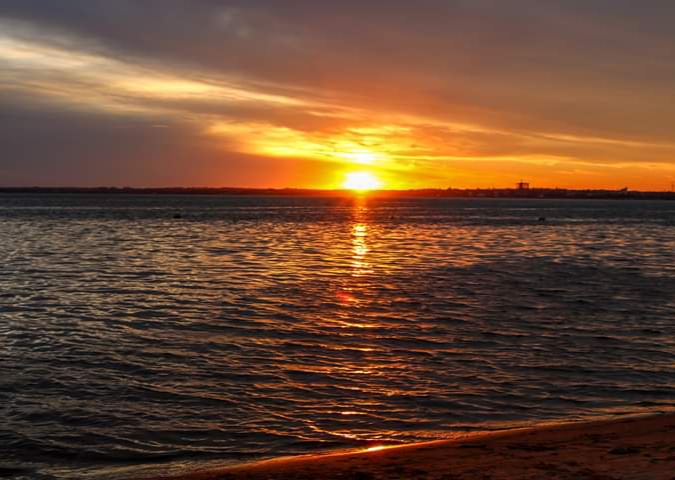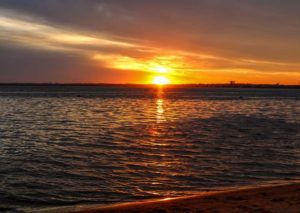For all but it’s northern border waterways shape the Paraguayan frontiers. These great rivers are all part of the Paraná system and mark the size and shape of Paraguay as clearly as the seas do an island.
The Paraná river system is second only in South America to the Amazon draining a great part of the continent to the south of the Amazon basin.
The rivers that hold Paraguay within themselves are the River Pilcomayo, the River Paraguay and the River Paraná itself. Within their grasp the frontiers of Paraguay are as natural and clear as any in the world.
The first of these great rivers is the Pilcomayo which rises far away in the foothills of the Bolivian Andes. From there it flows south east meeting with Paraguay at the point in the county of Boquerón where the border turns to the north to cross the dry Chaco.
From there on the river snakes it way down Western Paraguay marking the border between it and Argentina. In doing so it marks the edges of the counties of Boquerón and Presidente Hayes before reaching Asunción. At Asunción the Pilcomayo enters the River Paraguay and from there the waters head in a more southerly direction.
The Pilcomayo flows for 1100km before joining the Paraguay. However despite it’s length it is not a good river for navigation for dropping very little in elevation it is a slow flowing waterway clogged with swamps and marshes.
The second of these great rivers, the Paraguay rises to the east of Paraguay in the Brazilian state of Mato Grosso. From there flows south across Brazil forming the Pantanal Wetlands before meeting Paraguay at the north eastern corner of the county of Alto Paraguay. From there the waters continue on their southerly path forming the frontier between Paraguay and Brazil until the river enters Paraguayan territory in the county of Concepcion.
Down through Paraguay the River Paraguay continues to head almost due south, passing on it’s eastern bank Concepcion, San Pedro and Cordillera before arriving in Asunción and at the River Pilcomayo. For the whole of it’s travels within Paraguay the much larger county of Presidente Hayes lies on it’s western bank.
From Asunción the river is once more the border, this time with Argentina. The counties of Central and Neembucu follow it’s twists and turns until at the far southwestern corner of Paraguay it flows into the River Paraná.
The River Paraguay flows for 2695km and unlike the Pilcomayo is navigable. So much so that although Asunción is over 1000km from the sea it can still be reached by ocean going vessels and is considered a deep water port.
The last of these three great rivers is the Paraná itself which rises far off in eastern Brazil and flows for 4880km before finally emptying into the South Atlantic having drained a large part of South America along it’s course. In length the Paraná is second only to the Amazon in South America.
This great river joins Paraguay on it’s eastern frontier where once the a series of severn huge waterfalls formed the Guaira Falls, then one of the largest falls in the world. These were lost in the 1980s when the reservior behind the Itaipu Dam was filled. Even if the dam were to be removed they could never be recreated as the drowned rocks were dynamited by the Brazilian government to improve ease of shipping.
From there as the waters flow south they become the waters of the reservior until they massive dam at Itaipu which supplies electricity over a vast area of Paraguay and Brazil is reached.
Beyond the dam the waters once more return to being a river and follow the south eastern edge of Paraguay changing from a border with Brazil to one with Argentina a little south of the Itaipu Dam.
The Paraguayan county of Alto Paraná becomes that of Itapua and along the southern edge of Paraguay there is another artificial lake, this time behind the Yacyreta Dam which is shared between Paraguay and Argentina.
From there it is just a short distance past Misiones and Neembucu to take on the waters of the Paraguay which itself has already taken on the waters of the Pilcomayo.
Then leaving Paraguay behind, defined by their courses the waters turn south, across the Argentine Pampus and onto to River Plate and the South Atlantic.



Recent Comments